Five Came Back (1939)
“Chance is too tricky — the wrong people might win; we’ve got to be logical.”
|
Synopsis: |
|
Genres, Themes, Actors, and Directors:
Review: tasked with taking charge — though naturally, not without contention. At just 75 minutes long, the pithy script (co-written in part by none other than Nathaniel West and Dalton Trumbo) wastes no time at all in presenting each of the characters and allowing them to interact with one another in strategic ways, so that we’re easily able to see the shifts that take place once they’re plunged into survival mode — i.e., while Ball was once judged too “loose” to help care for the gangster’s son (Johnson), she’s soon entrusted with this role: … Smith’s browbeating wife (Risdon) is “domesticated” in the jungle: … etc. Watch for the nicely handled final scene, which packs a true emotional punch, and is seamlessly directed. Redeeming Qualities and Moments:
Must See? Categories
Links: |
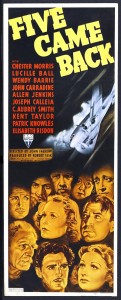
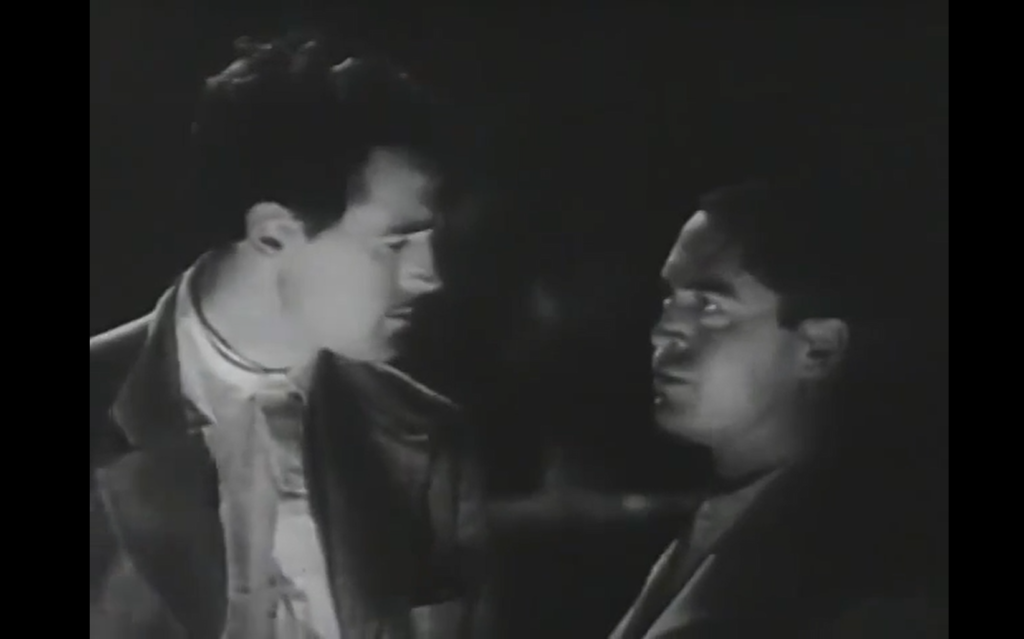

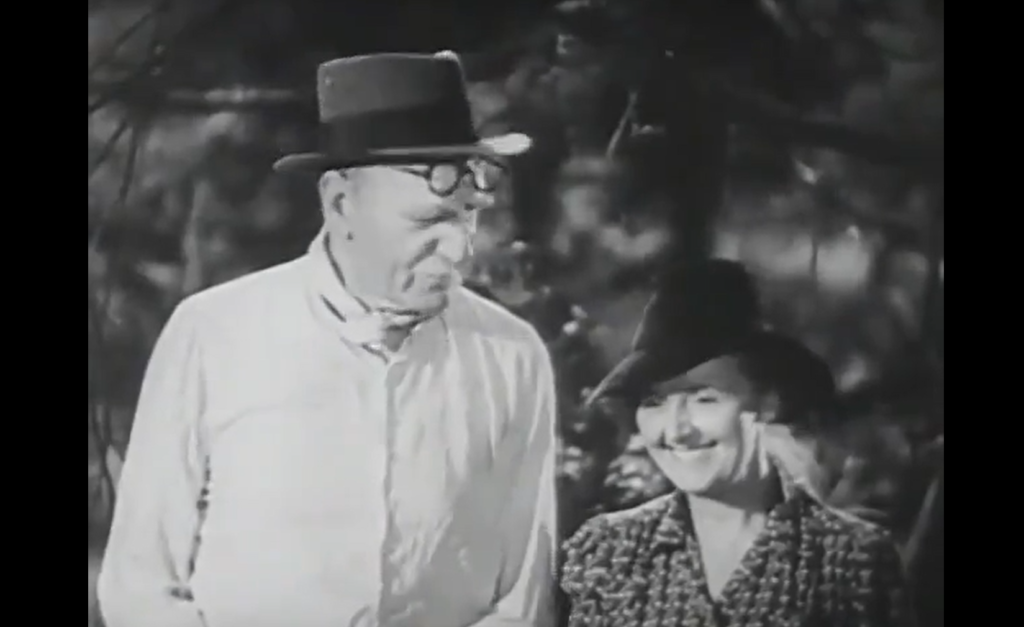
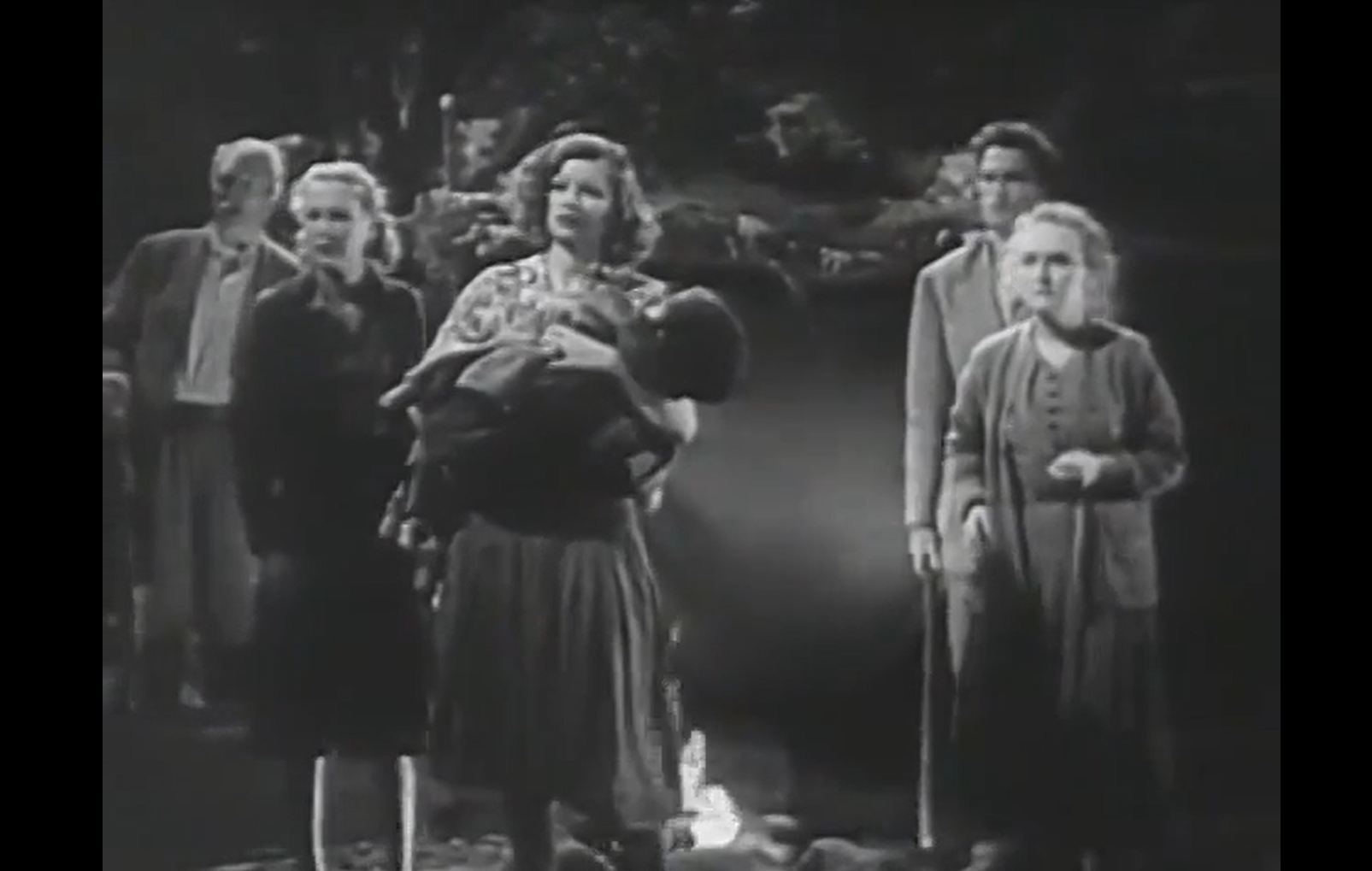

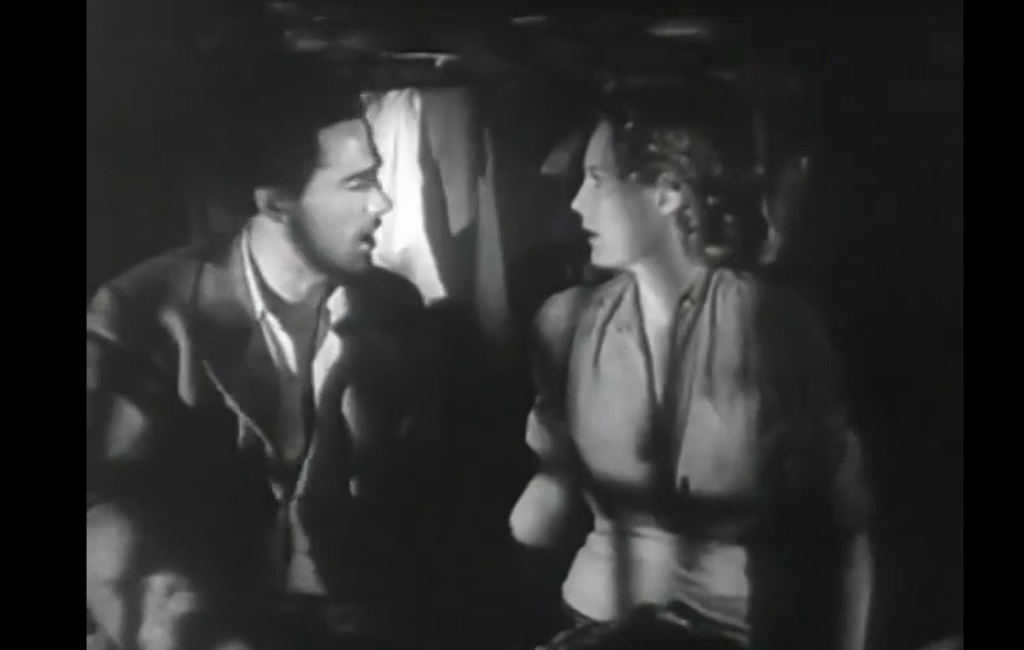
One thought on “Five Came Back (1939)”
Agreed – a once-must, as a ‘good show’. It accomplishes what it sets out to do, in an admirably economic way. As it begins to resemble Christie’s ‘And Then There Were None’, audiences are afforded the opportunity to figure out who is likely to survive – based on their own senses of logic or morality.
My only quibble is that, way too early on, Ball’s character seems (at least on the part of a few of the men) to be assumed to be a prostitute – but based on what? Most of them are strangers to each other and she knows none of them. Her ‘profession’ isn’t something she informs anyone of (she doesn’t hand out calling cards that say ‘Peggy: Prostitute’) and her dress and manner are rather ordinary (not at all sluttish). Were women who traveled alone in that era often presumed to be… loose? Hmm…..